PD-05 - Design, Development, Testing, and Deployment of GIS Applications
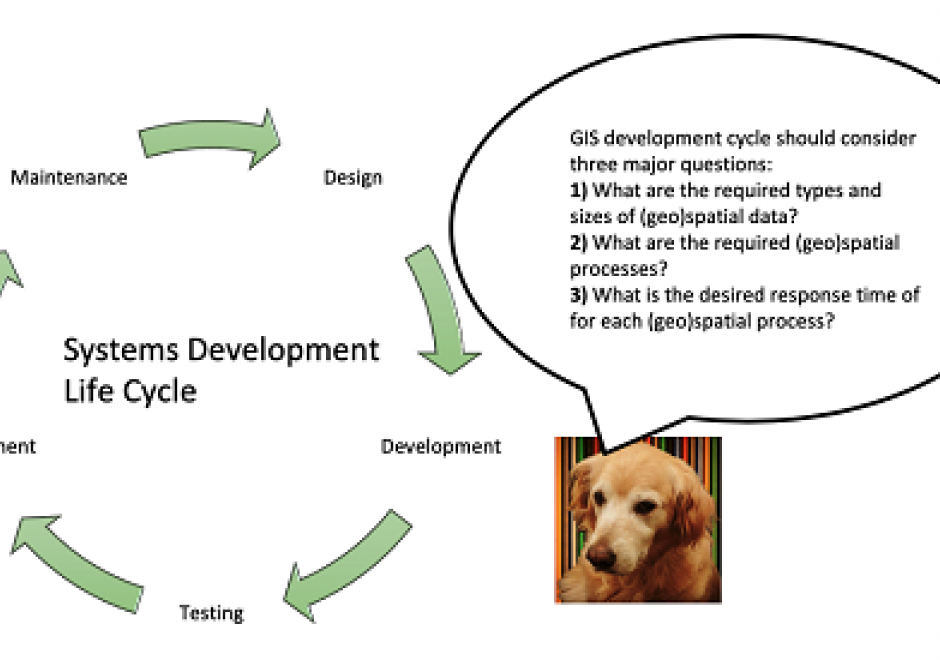
A systems development life cycle (SDLC) denes and guides the activities and milestones in the design, development, testing, and de ployment of software applications & information systems. Various choices of SDLC are available for different types of software applications & information systems and compositions of development teams and stakeholders. While the choice of an SDLC for building geographic information system (GIS) applications is similar to that of other types of software applications, critical decisions in each phase of the GIS development life cycle (GiSDLC) should take into account essential questions concern ing the storage, access, and analysis of (geo)spatial data for the target application. This article aims to introduce various considerations in the GiSDLC, from the perspectives of handling (geo)spatial data. The article rst introduces several (geo)spatial processes and types as well as various modalities of GIS applications. Then the article gives a brief introduction to an SDLC, including explaining the role of (geo)spatial data in the SDLC. Finally, the article uses two existing real-world applications as an example to highlight critical considerations in the GiSDLC.

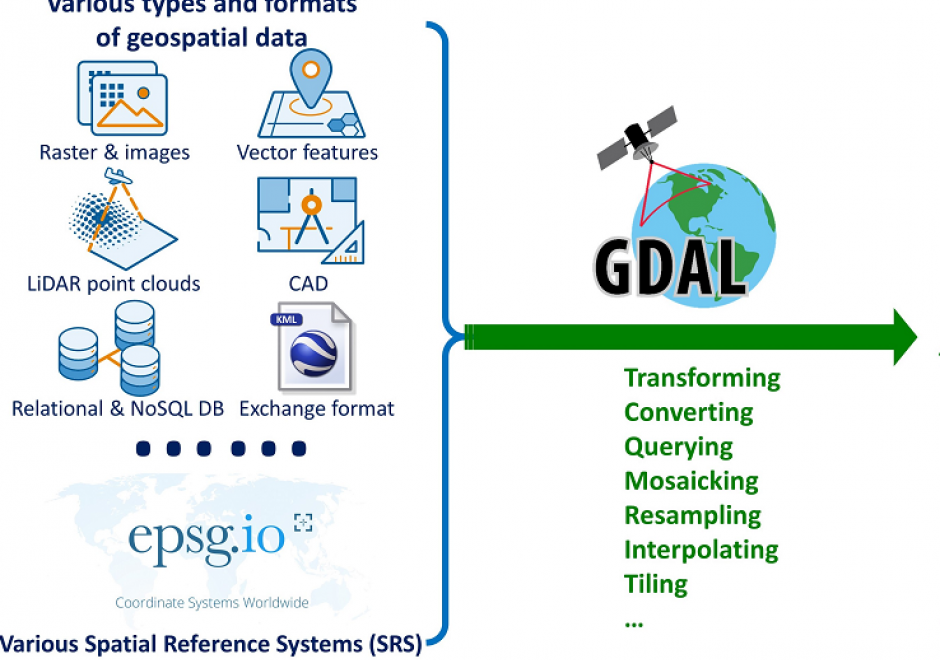
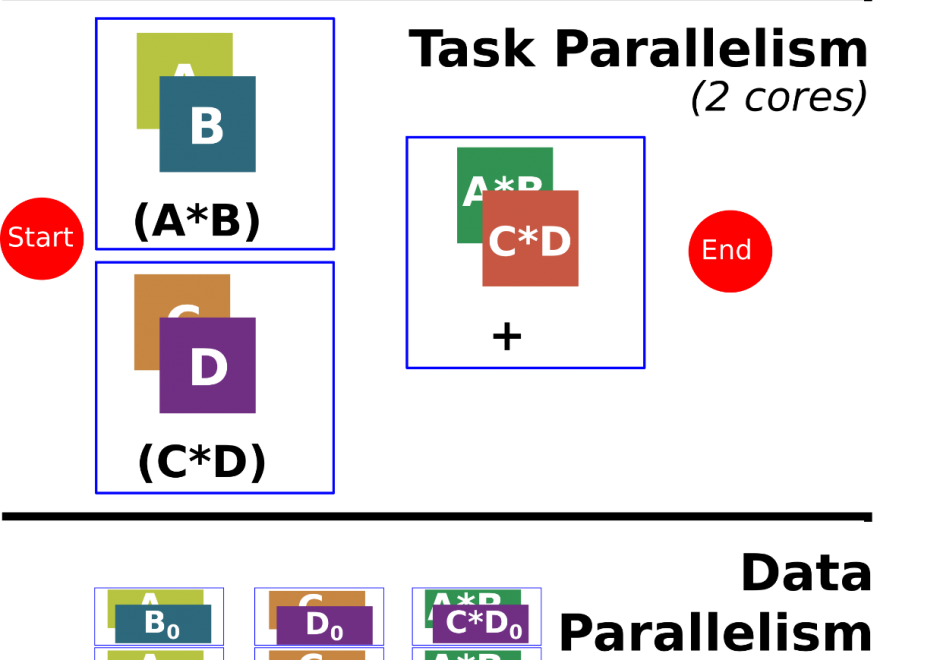
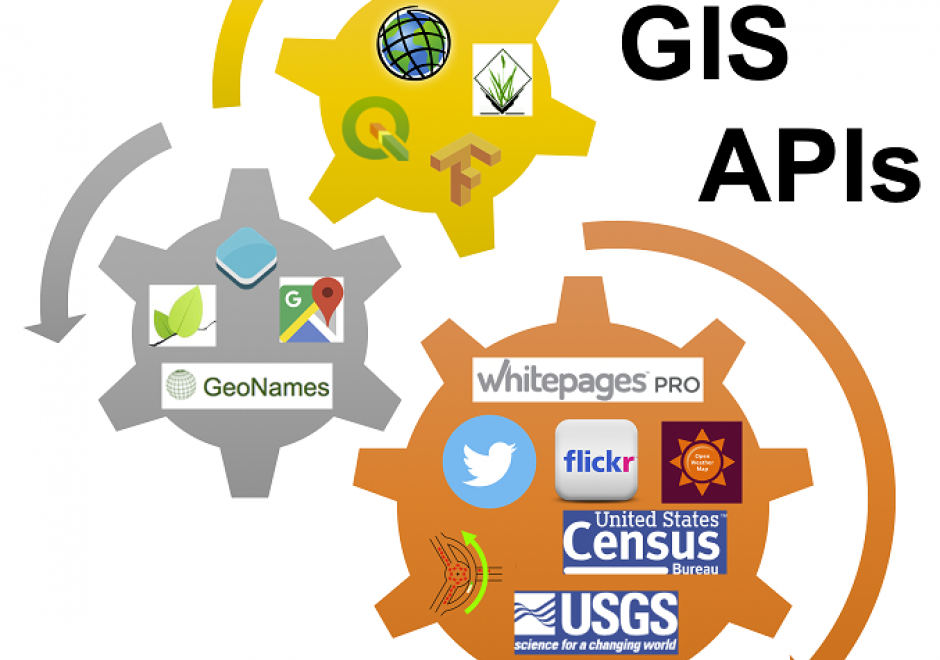
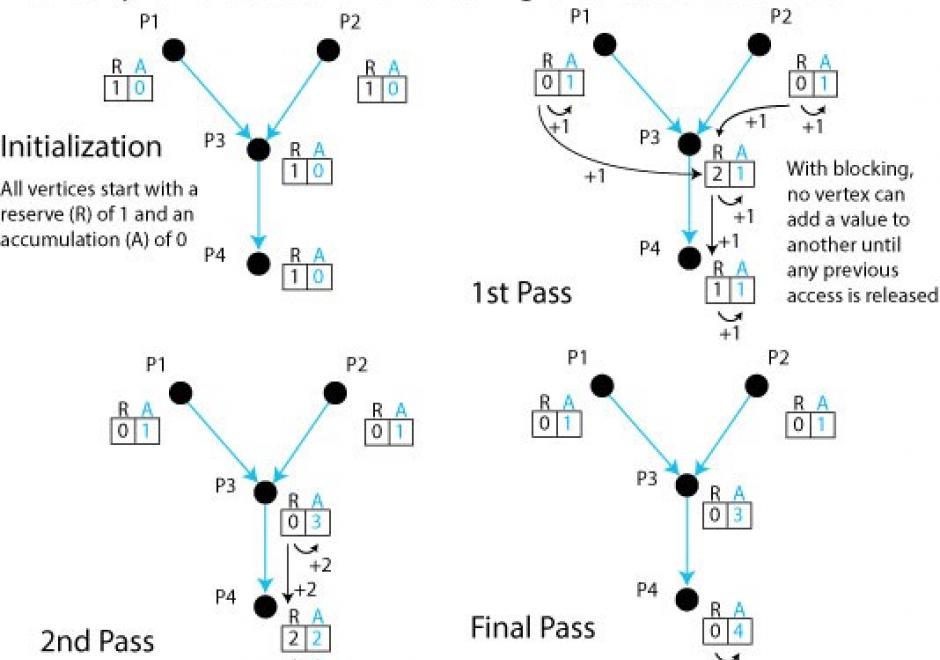


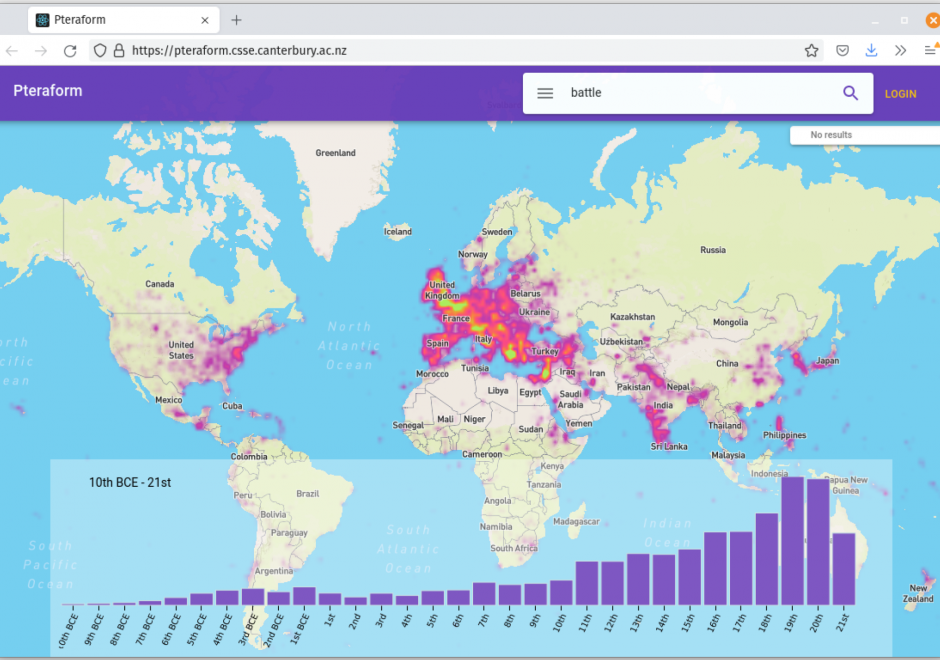

PD-12 - Commercialization of GIS Applications
The commercialization of GIS applications refers to the process of bringing a software solution to market. The process involves three broad categories of tasks: identifying a problem or aspect of a problem that a GIS application can solve or address; designing and creating a GIS application to address the problem; and developing and executing a marketing plan to reach those with the problem, the potential users. Ideally these categories would be addressed in this order, but in practice, aspects of each are likely to be addressed and iterated throughout the commercialization process.
Bringing a GIS application to market requires expertise in 1) the target industry or market (e.g., forestry); 2) software development (how to design and build a product); 3) law (licenses, contracts, taxes); and 4) business (how to fund development, guide the process, evaluate success, marketing). A single individual or organization, referred to as the provider in this discussion, may lead or execute all three categories of tasks, or engage third parties when specific expertise is required.